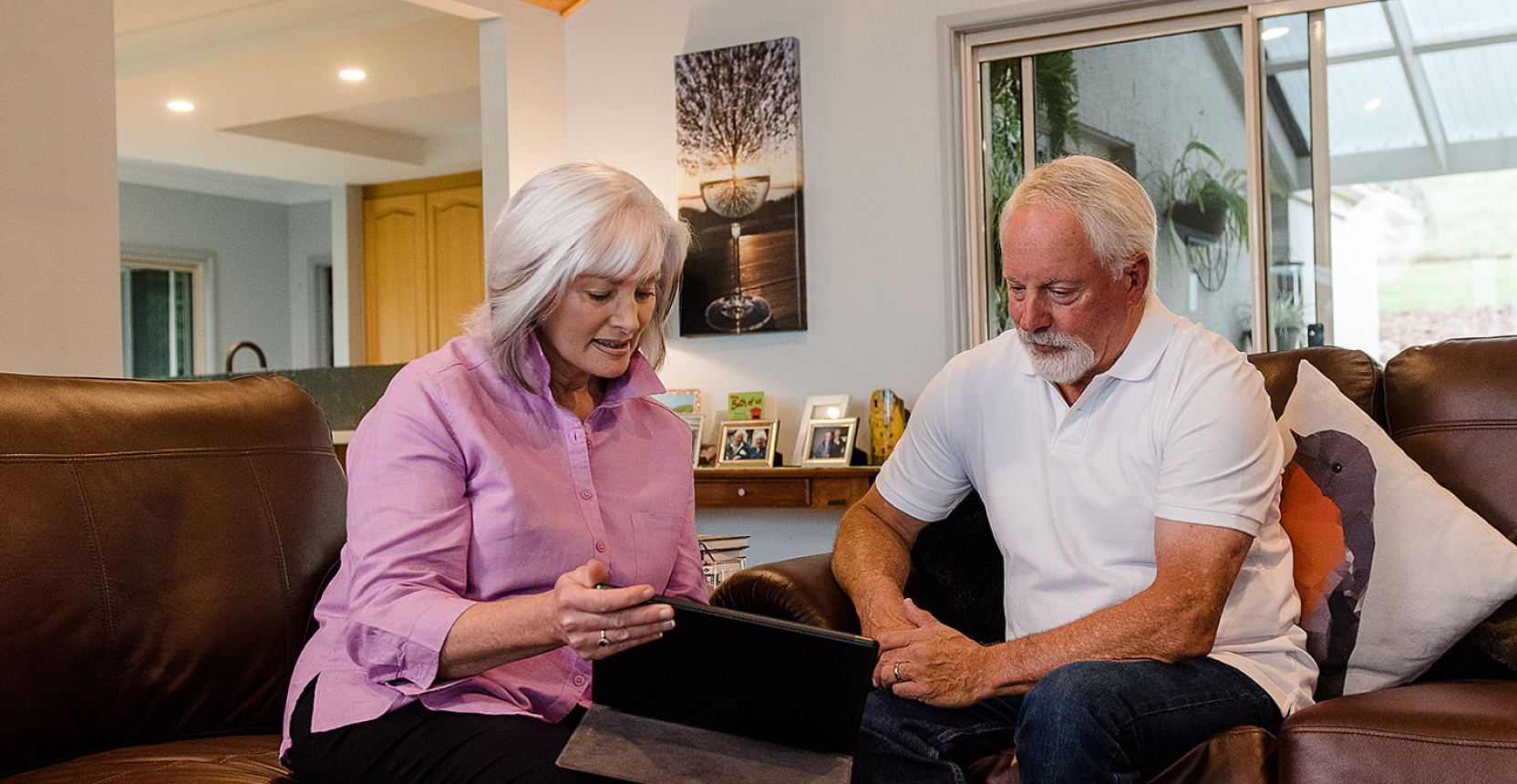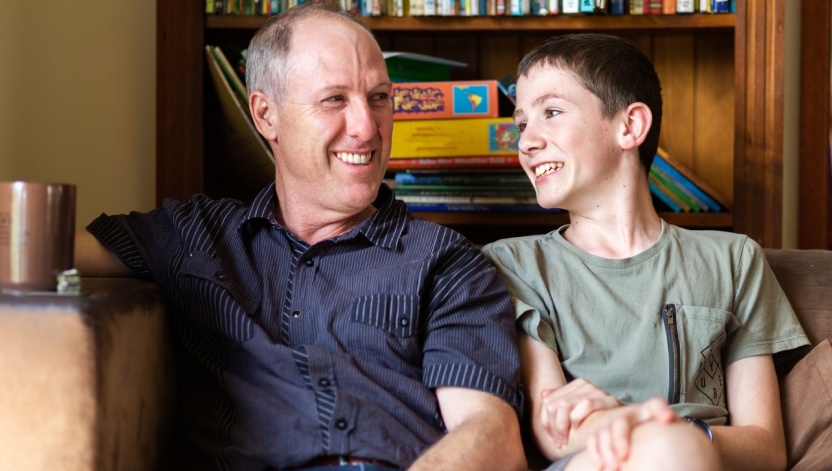1. Imagine what retirement looks like
The first step in planning for your retirement is figuring out what you want your later years to look like.
Think about the things that matter most to you – do you want to travel, take up new hobbies, or spend more time with loved ones? Or maybe you just want to maintain your current lifestyle and not have to worry about finances.
Having clear retirement goals will give you a good foundation when it comes to all the preparations you need to make. And it will make sure you’re not caught in a position where your funds can’t cover the life you want to lead.
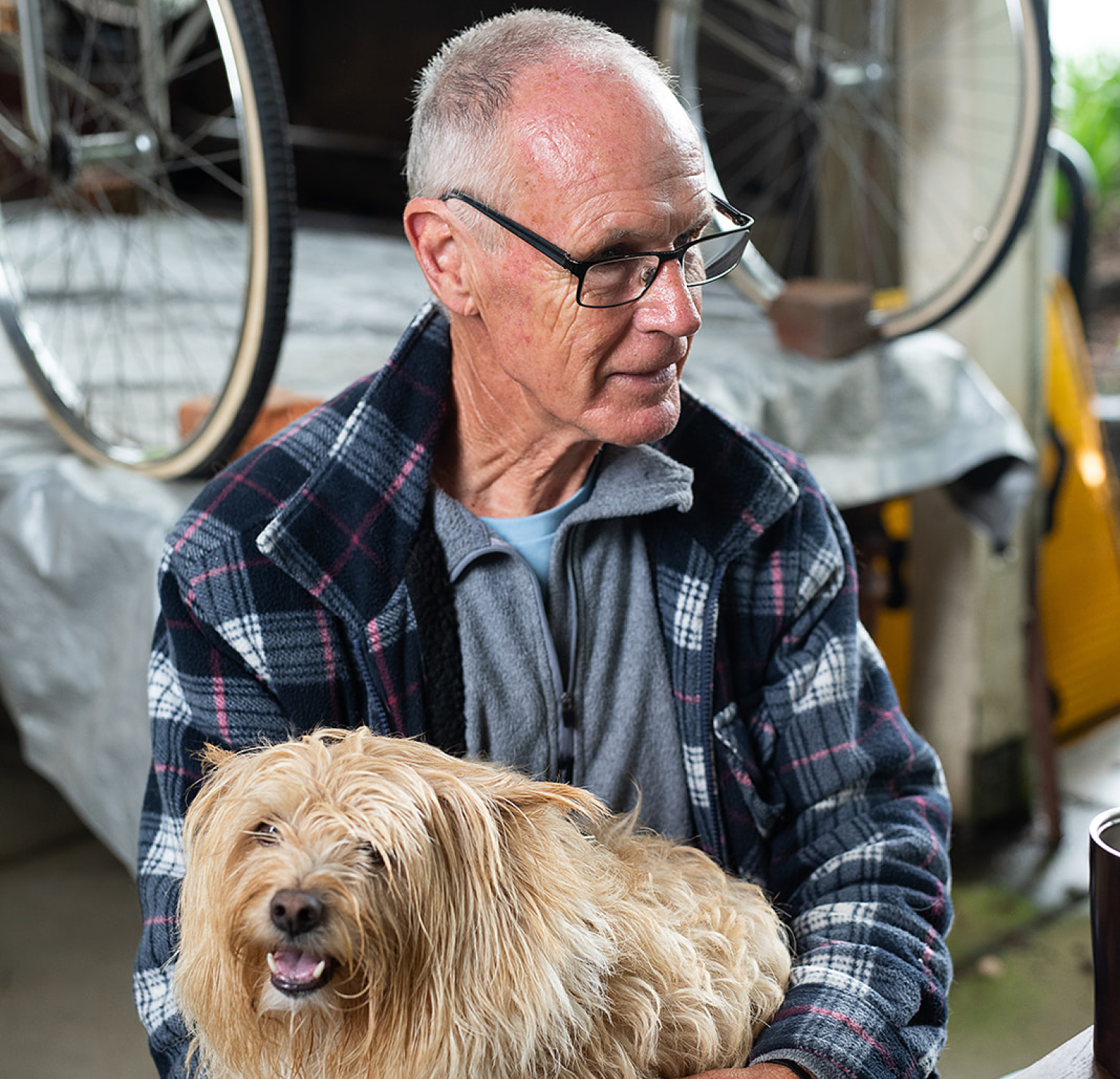
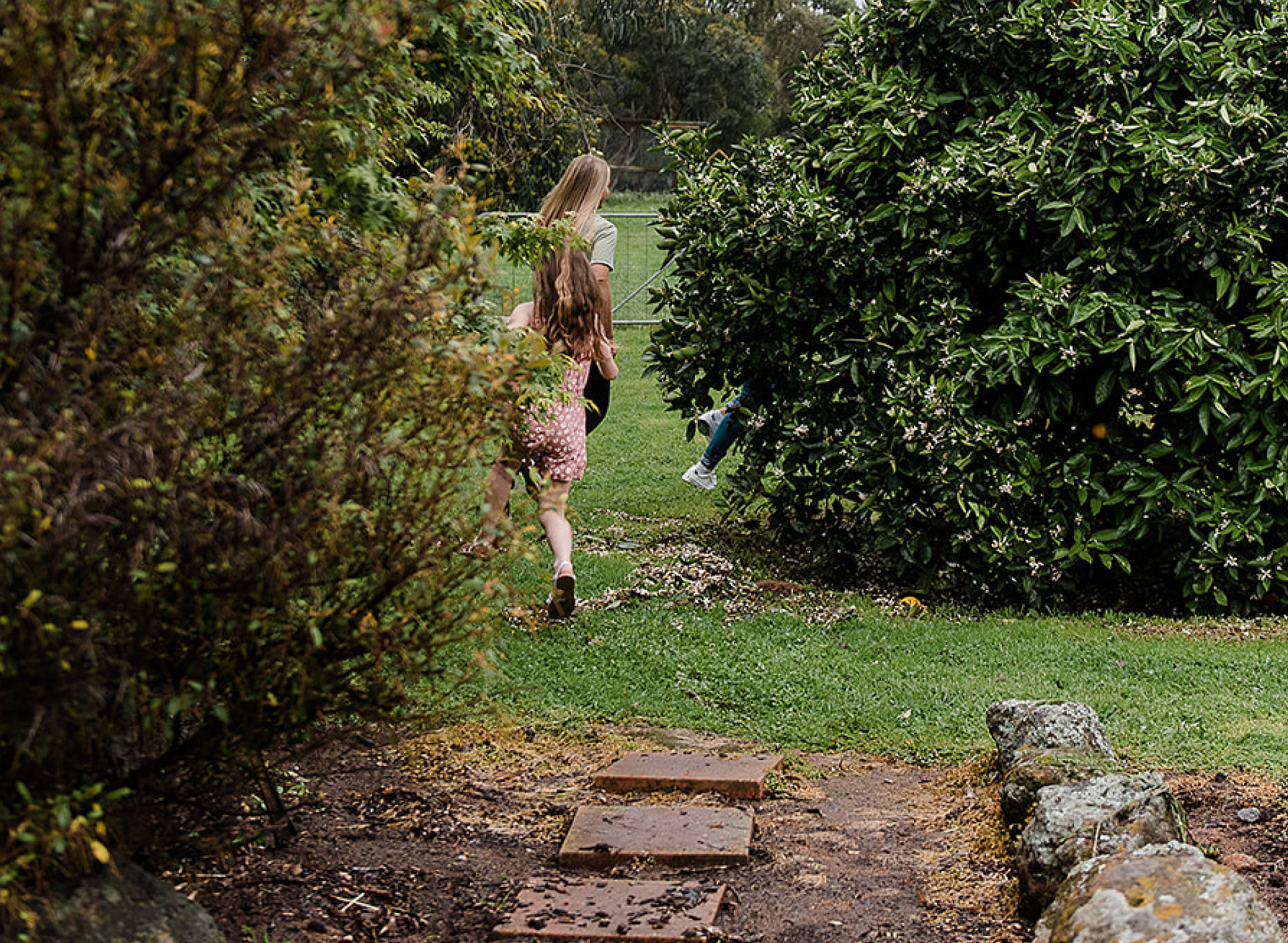


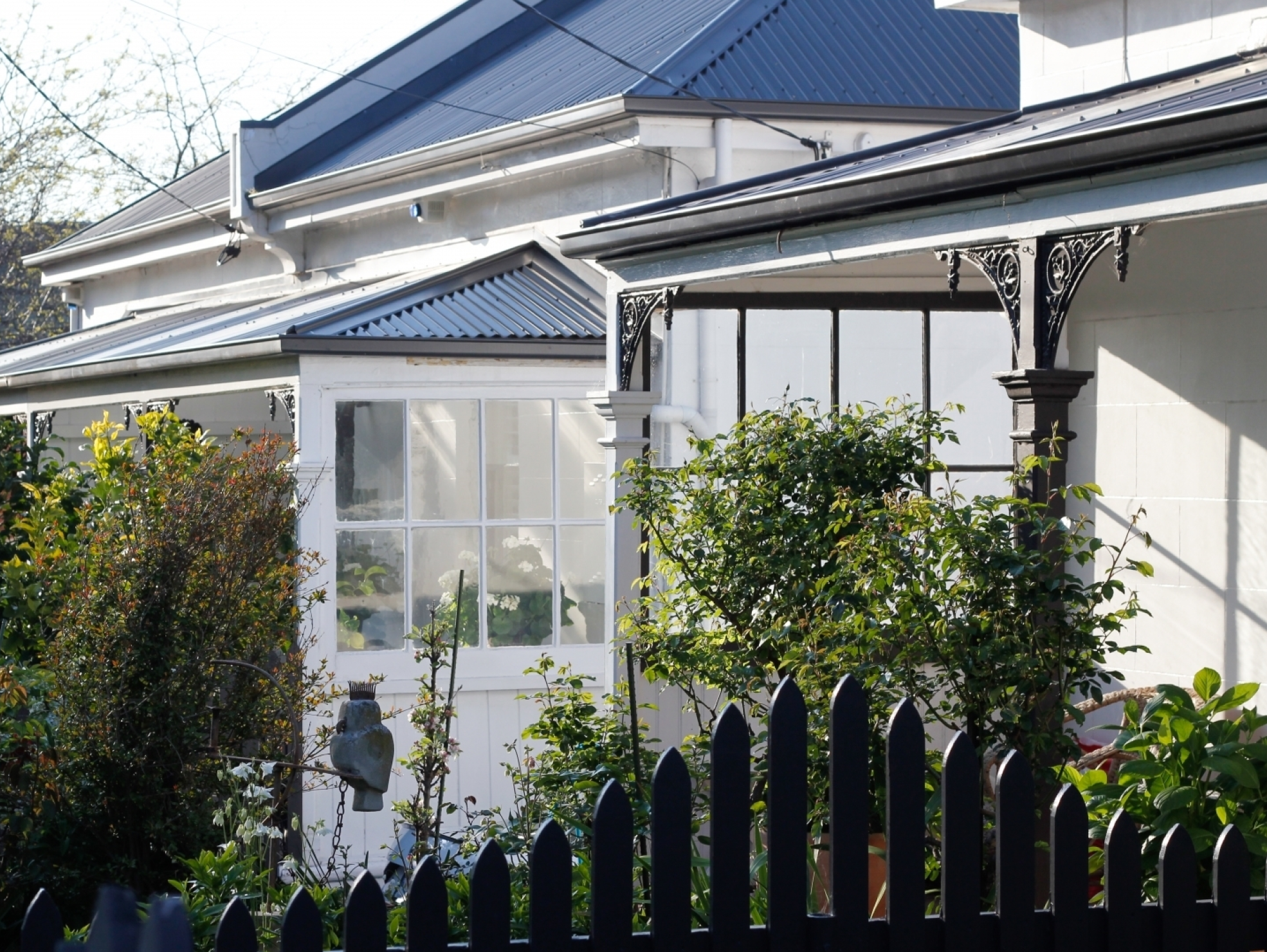
Do more with your money
4. Plan for how you’ll get there
If you do find there’s a gap between your expected expenses and estimated income when it comes to retirement, that means it’s time to make a plan for how you’ll boost your superannuation and savings.
At this point, you know the amount you need to make up. Divide that between the years you have before you’d like to retire to get an idea of how much extra you’ll need to save.
If that number seems high, don’t worry. There are a number of ways you can boost your savings through superannuation.
Bank online, anytime
7. Put your retirement plan into action
Once you’ve made the choice to retire, it’s time to work out the logistics of your retirement income.
For most Aussies, that will be a combination of superannuation and the government’s Age Pension. You can then supplement this with income from other investments and your savings.
When it comes to drawing an income from your superannuation, there are a number of options to choose from – and the option to adopt a combination to give yourself more flexibility.
Whatever you choose, try to make sure your pot of funds is able to keep growing. That way, you’ll maximise how long your retirement income lasts, while protecting yourself from unexpected expenses when they crop up.
Different strokes for different folks
It doesn’t matter who you are, what your savings goals are, or what stage of life you’re in. We’ll help you save bigger and earn better so you can reach your dreams – whatever they may be.












